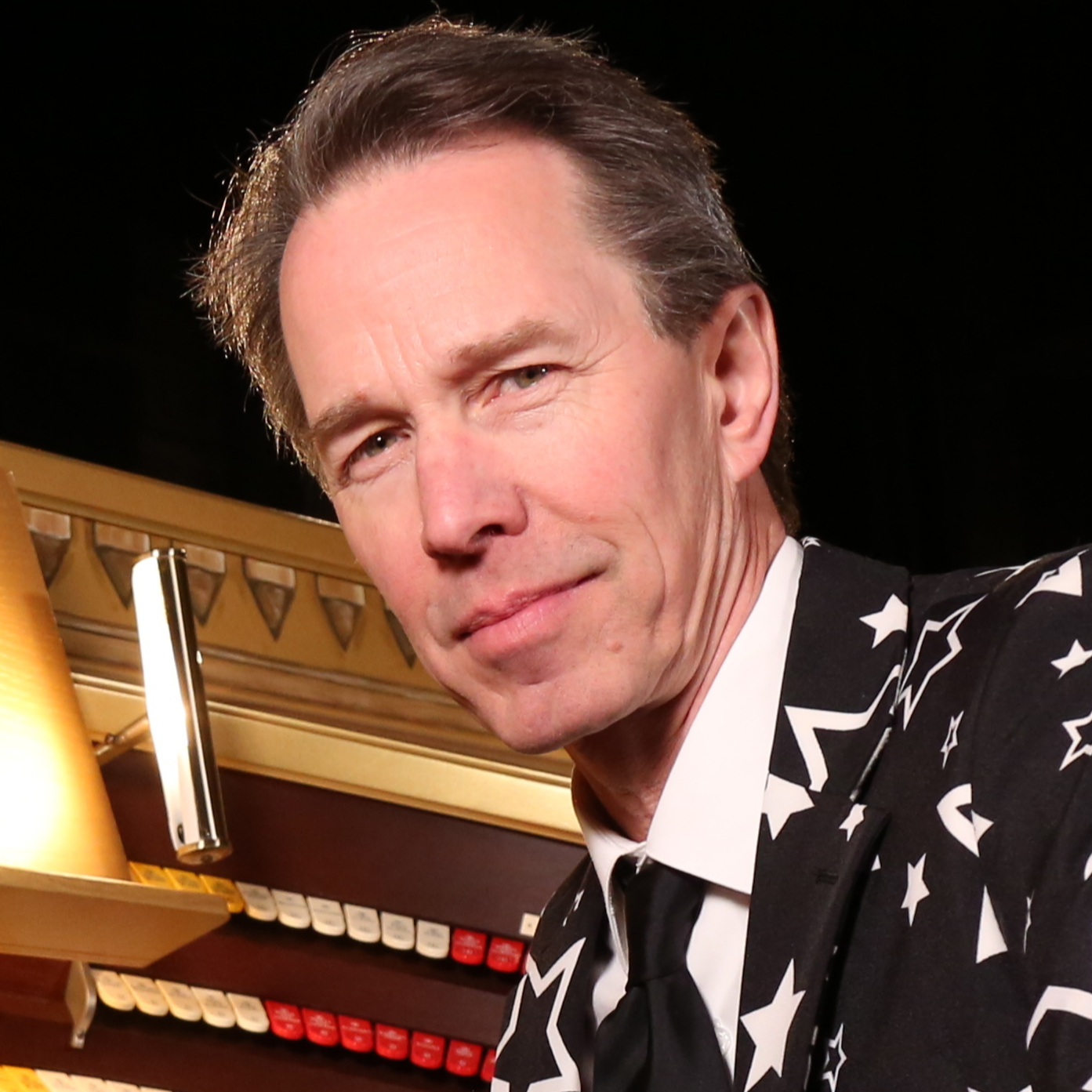Noguchi sculpture finally comes home to High Museum
Japanese-American sculptor Isamu Noguchi gave Atlanta a present 33 years ago, but we unwrapped it only last week.
On Thursday, workers assembled the bright-red, 5-ton sculpture of elegantly interlocking tetrahedrons, setting it gently on the High Museum’s lawn overlooking Peachtree Street. “It’s kismet,” said Michael Rooks, curator of contemporary and modern art.
RELATED: Exhibit on storybook artist Eric Carle at High Museum
The sculpture, called "Octetra," was originally going to sit on the High's front lawn in 1983, but, by 1985, that plan was shelved. One participant said the High's architect Richard Meier decided he preferred another sculptor.
Metromont, of Hiram, had already cast the concrete. Rather than truck the finished sculpture back to his Long Island studio, Noguchi gave the sculpture to George Spence, business development manager at Metromont, and Spence gave it to the Creative Arts Guild in Dalton, where it can be seen in an outdoor sculpture garden.
Fast-forward 30 years or so. Rooks, whose position at the High was endowed by a gift from developer John Wieland, was on the lookout for a piece of sculpture to go in front of Wieland’s new condominium development, One Museum Place, across Peachtree from the High.
He visited Pace Gallery in New York, where he saw another edition of “Octetra,” also cast by Metromont. He sent Wieland a photo, Wieland bought the sculpture, and the Noguchi Foundation told them the backstory.
Wieland decided to let the newly cast sculpture (also by Metromont) sit in front of the High for a year, while his development is under construction, and “Octetra” finally came home.
Noguchi isn’t around to see “Octetra” make its way to the High. He died in 1988.
Noguchi's connection to Atlanta goes back to 1975, when the High and the city of Atlanta commissioned a Noguchi "playscape" to go in Piedmont Park. While the colorful sculpture was delightful, it also was the target of vandals and vagrants, until the city cleaned it up in 2009 with $350,000 in restoration funds.
Instead of the Noguchi, the High Museum installed a 23-foot sculpture from Alexander Calder on the front lawn in 1988, on loan from the Calder Foundation. That sculpture was repossessed by the foundation in 2014.
Like the Calder, Noguchi’s bright red “Octetra” adds a dash of hot sauce to the otherwise monochrome soup of Meier’s white structure.
“Octetra” is based on the tetrahedron, and the idea, from Noguchi’s friend Buckminster Fuller, that the four-sided figure is the primary building block of the universe.
Because “Octetra” is from an “open edition,” several versions of the same sculpture have been fabricated and are on display in Spoleto, Italy, and at sculpture gardens in Japan.
The sculpture is composed of five interlocking modules, each one a truncated tetrahedron with a hollow interior. The design allows the modules to nestle ingeniously, and only gravity holds the 11,250-pound structure together.
The High has installed much playful outdoor art, the most notable example being the cartoonish but mind-boggling “House III” by Roy Lichtenstein. In June, the High will show off “Tiovivo,” a charming trio of climbing structures by Spanish-born designer Jaime Hayon.
While children will be allowed to clamber over Hayon’s creation, “Octetra” is strictly for looks. Yet it adds accessibility to the severe appearance of the High’s facade. Said Rooks, “It makes sense to give a nod to Noguchi when we, as an institution, are innovating and commissioning new playscapes.”



